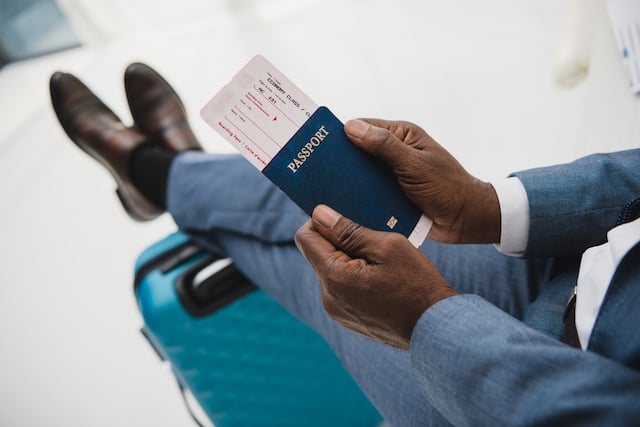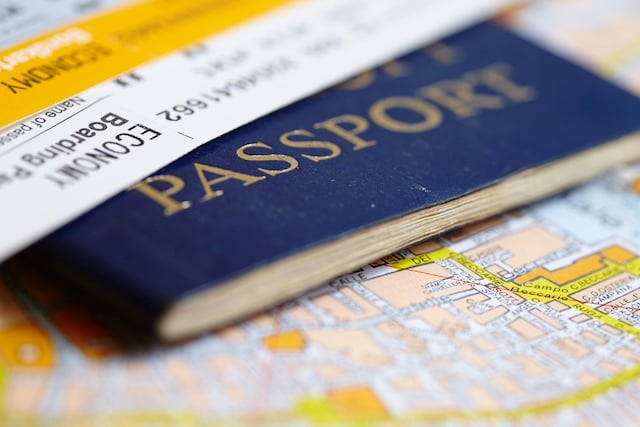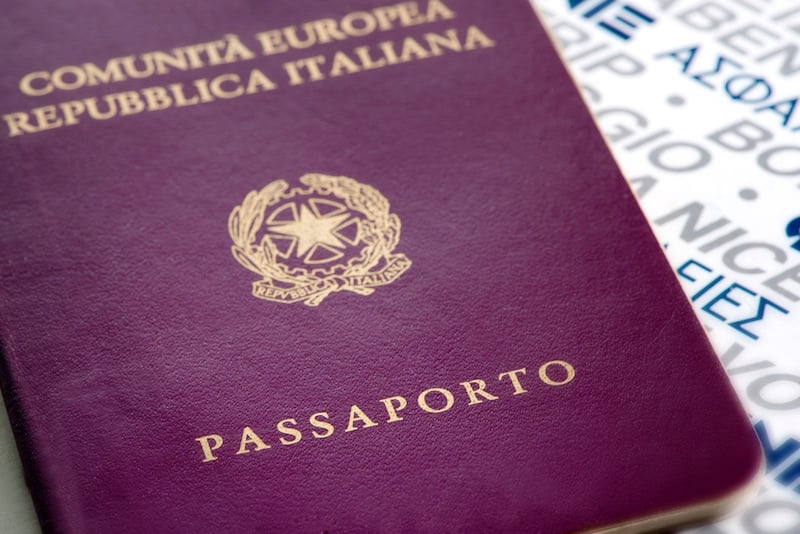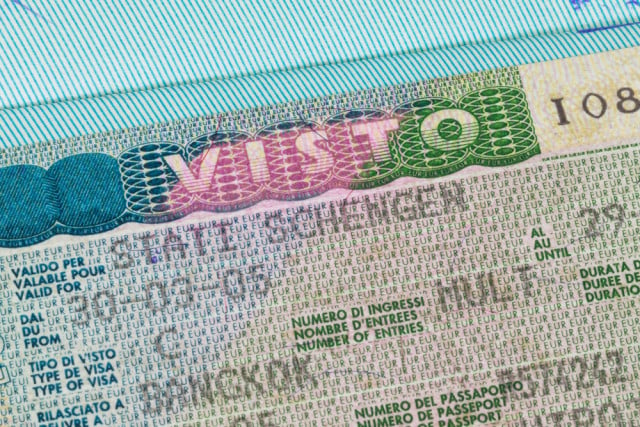Most curious minds who have read 'The Sun Also Rises', marvelled at Picasso's 'Three Musicians', or even watched 'Midnight in Paris,' will have felt the itch to live in bohemian abandon in the City of Light.
And despite all the economic doom and gloom many budding artists, musicians and writers still flock to the French capital every year to live out their creative dreams.
However, the pitfalls of the artistic lifestyle in Paris are nearly as famous as the legends surrounding it. Accommodation is fiercely expensive in the French capital and success is hard to come by.
Nevertheless there are still some very good reasons to move to Paris to be an artist, and more importantly, there are ways to make it work.
We’ve enlisted the help of four English-speaking artists, currently working in the city, to advise you how to overcome the obstacles, and help you survive and thrive as an artist in the French capital.
1. Why an artist should choose Paris in the first place.
“There is so much more appreciation here for being an artist,” says Pete Mc Grane, a musician and songwriter from Dublin, Ireland, who moved to Paris in 2010. “If you met someone on the street in Dublin and said ‘I’m a musician,’ you might get the feeling they think you should get a real job. But in Paris, people are far more enthusiastic and inquisitive about what you do. They respect art and artists more here," he adds.
Paris has several thriving communities of expat artists and writers. “That may be the best thing about being an artist here,” says David Barnes, a writer from Oxfordshire, England, who moved to Paris in 2003. Paddy Sherlock, a musician and actor from Dublin, Ireland, agrees: “Paris is an amazing place for its fusion of cultures and for meeting artists from all over the world,” he says.
2. Research all the artists' communities active in Paris – there are many
"If you're a writer, there are so many groups and workshops, and you should look into them," says Kate Noakes a poet from Bristol, England, who runs the Paris Lit Up writers' community. "There is also Poets Live and the Ivy Writers.
"The 'mothership' for writers is probably Shakespeare and Company, but the American Library and Irish Cultural Centre are also great places to go to," she adds.
3. The French government might just fund your creative endeavours – find out how.
An artist or technician who gets on-off work, such as an actor or performer, may be entitled to become what's known as as “intermittent du spectacle”. This employment status covers those who work intermittently in the arts world and allows them to receive monthly payments from the state to boost their wages. Check out this website to see how it works.
If you’re a musician with a mission to record an album or put on a festival, the ‘Fonds pour la creation musicale’ (FCM) might be able to contribute financially.
If you’re a filmmaker or actor, check out the Maison du Film Court, which can offer a variety of assistance, including financial help, for your project.
“As an actor, I’ve been in films that were helped with funding from the FCM,” says Sherlock. “With all these state-run programmes, the idea is to help turn what have always been insecure professions into something resembling secure careers.
"And France is particularly good at giving concrete help to artists.”
4. Lose the ‘artistic temperament’ – get yourself out there.
The people you meet at gigs, exhibits, readings, and workshops, and especially the expats, will be the key to future opportunities. So be nice, says Mc Grane.
“There are so many English speakers doing really interesting stuff in the arts, theatre and music. They’ll find you gigs, festivals and opportunities.
"So be open to people and really make an effort to talk to everyone,” he says.
“Don’t be completely isolated,” Barnes adds.
Sherlock recommends finding other artists first, and then finding your public. “I started off by busking, and I would recommend it if you’re not already established. But after that, find as any open mics and jam sessions as you can, and play all of them. That way you’ll get yourself seen by other musicians and build a network,” he adds.
5. Look out for all the ways that French authorities encourage and appreciate art.
“We played a gig once in the cafeteria of a TGV train from Toulouse to Paris,” says Mc Grane. It wasn’t impromptu, or a one-off, but something that’s properly organized.
“Our booking agent at the time talked to TGV in advance, who asked to hear our music, and then agreed we’d play a 40-minute concert in the restaurant carriage of the train. They made an announcement over the intercom, loads of passengers came to the cafeteria to hear us and really enjoyed it. And TGV gave us our train tickets for free!”
6. To get around the accommodation nightmare, use your imagination.
If you don’t have a job before you arrive in Paris, or you don’t plan on getting one after you do, you will quite likely have trouble finding rented accommodation.
Landlords very often insist on seeing employment contracts and even bank statements before taking you on as a tenant.
“In that case, reach out to artists communities before you come here. Talk to any other expats you may know. Or find students who may have a spare room, and try to get a sublet,” says Noakes.
Barnes suggests being smart with your choice of work.
“I know people who get ‘lectureships’ at universities, for example, where they teach for a few hours a week, and have plenty of free time to write, but they also have paperwork to show a potential landlord," he said.
“I have one friend who even put up notices advertising himself as a ‘lecturer’, and ended up being offered accommodation, because his job made him a desirable tenant.”
Pete Mc Grane, formerly of the band Carousel, is an Irish musician and one half of the duo Without the Bird.
Kate Noakes is an English poet and short fiction writer whose most recent collection is entitled Cape Town.
Paddy Sherlock is an Irish musician and actor who plays original funk, swing and roots music with his band, the Swingin' Lovers.
David Barnes is an English writer and psychotherapist who runs an anglophone Spoken Word night and Writers' Workshop in Paris.






 Please whitelist us to continue reading.
Please whitelist us to continue reading.
Member comments